Home>Interior Design>Organizing A Small Entryway: 10 Ways To Turn A Problem Around
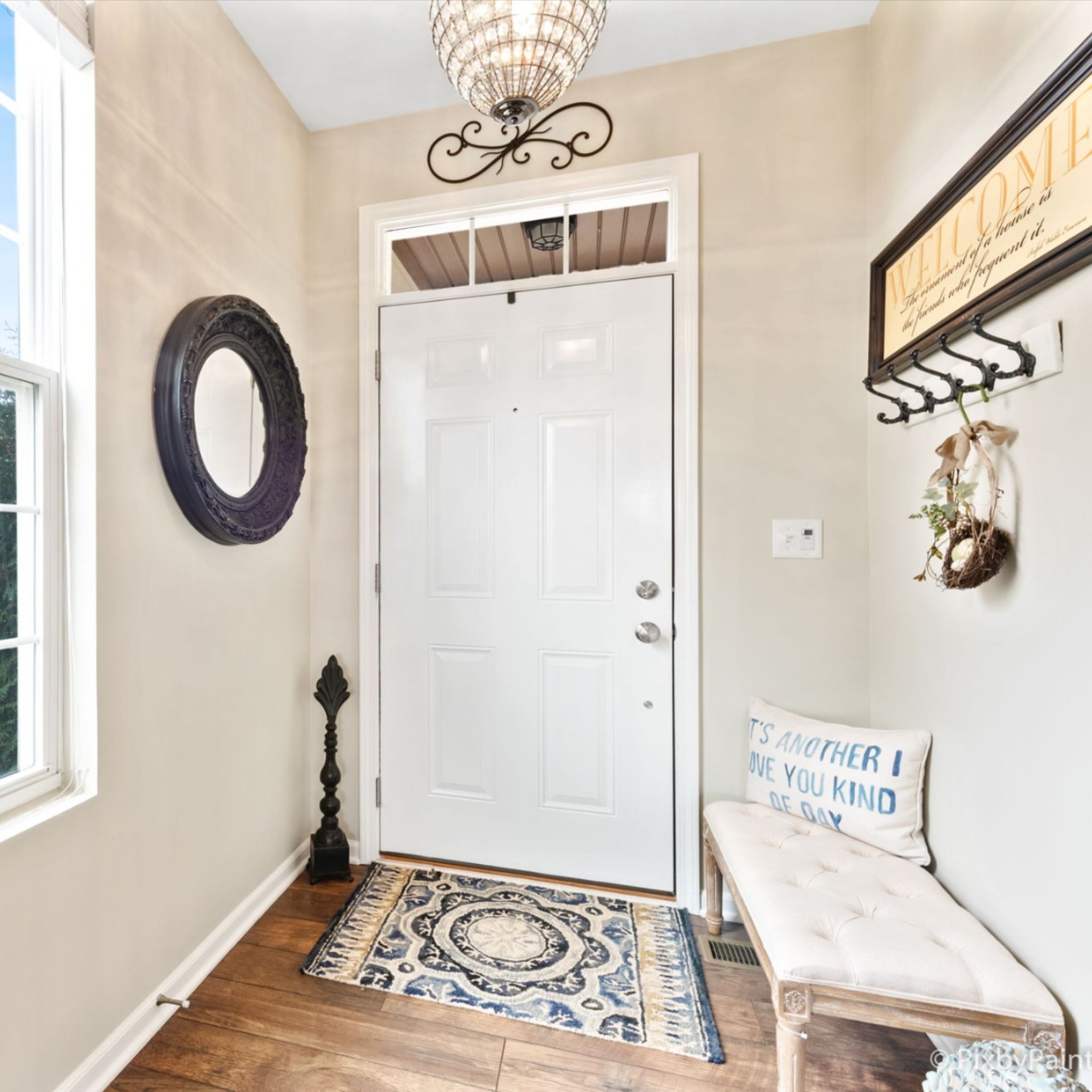

Interior Design
Organizing A Small Entryway: 10 Ways To Turn A Problem Around
Modified: January 18, 2024
Transform your small entryway with these 10 interior design ideas. Maximize space and eliminate clutter to create an organized and functional area.
(Many of the links in this article redirect to a specific reviewed product. Your purchase of these products through affiliate links helps to generate commission for Storables.com, at no extra cost. Learn more)
Introduction
Welcome to our guide on organizing a small entryway! The entryway is the first impression your guests have of your home, so it’s important to make it both functional and visually appealing. However, when you’re dealing with limited space, it can be a challenge to create an entryway that is both practical and stylish. But fear not! We’re here to help you turn this problem around and transform your small entryway into a welcoming and well-organized space.
In this article, we will provide you with 10 practical and creative ways to maximize the potential of your small entryway. From decluttering and utilizing wall space to incorporating shoe storage and adding decorative elements, we’ve got you covered. So let’s dive in and explore how you can make the most of your limited entryway space.
Key Takeaways:
- Make the most of your small entryway by decluttering, utilizing wall space, and incorporating multi-functional furniture. Create a stylish and organized space that leaves a positive first impression on your guests.
- Implement efficient lighting, add decorative elements, and create a command center to enhance the functionality and aesthetics of your small entryway. Maximize space and create a welcoming atmosphere with these creative tips.
Declutter and Purge
The first step in organizing any space is to declutter and purge unnecessary items. In a small entryway, this becomes even more crucial as every inch of space counts. Take some time to sort through the items in your entryway and decide what to keep, donate, or discard.
Start by removing any items that don’t belong in the entryway. These could be items that have accumulated over time or items that are better stored elsewhere. Clear out any old coats, shoes, or accessories that are no longer used or needed. This will instantly free up valuable space and create a more organized environment.
Next, evaluate the items that are essential to have in your entryway. Consider what you use most frequently and what is necessary for a functional entryway. Keep items such as a coat rack, shoe rack, umbrella stand, and key holder. Be mindful of the space available and prioritize the items that are truly useful.
Once you have decluttered and decided on the essential items, find appropriate storage solutions for them. Utilize baskets, bins, or wall-mounted organizers to keep everything in its place. Hooks and hangers can be handy for hanging coats, bags, and hats. Utilize shelves or cubbies to store accessories like gloves, scarves, or sunglasses.
Remember, the key is to keep your entryway as minimalist as possible. Avoid overcrowding the space with unnecessary items that will only make it feel cluttered and small. By decluttering and purging, you’ll create a clean and open space, setting the foundation for a well-organized small entryway.
Utilize Wall Space
In a small entryway, making use of vertical space is essential. Walls can provide valuable storage and organization opportunities without taking up precious floor space. Here are some ideas to help you maximize your wall space in the entryway:
- Install Floating Shelves: Floating shelves are an excellent way to add storage and display space to your entryway. Install a few shelves at varying heights to showcase decor items, store small baskets for keys and mail, or display your favorite books or plants.
- Hang a Wall-Mounted Mirror: Not only will a wall-mounted mirror serve a practical purpose of allowing you to check your appearance before leaving the house, but it will also create an illusion of more space. Choose a mirror with a decorative frame to add a touch of style to your entryway.
- Mount a Pegboard: A pegboard is a versatile and customizable storage solution for any small entryway. By installing a pegboard on the wall, you can easily hang hooks, baskets, and bins to store keys, hats, bags, and other frequently used items. It keeps everything within reach and neatly organized.
- Utilize Wall-Mounted Coat Hooks: Instead of using a traditional freestanding coat rack, consider using wall-mounted coat hooks. They take up minimal space and provide a convenient place to hang coats, bags, scarves, and hats. Opt for hooks with an attractive design to add a decorative element to your entryway.
Remember to space out and arrange these wall-mounted storage solutions to create a visually balanced look. Avoid overcrowding the walls with too many items, as it can make the entryway feel cluttered. By utilizing the vertical space effectively, you’ll not only add functional storage but also enhance the overall aesthetic appeal of your small entryway.
Install Hooks or Pegboard
When it comes to organizing a small entryway, maximizing space efficiency is key. Installing hooks or a pegboard can be a game-changer in terms of both functionality and aesthetics. Here’s how you can utilize hooks or a pegboard to optimize your entryway:
Hooks: Wall-mounted hooks are a simple and effective way to keep your entryway organized. Depending on your needs and the available wall space, you can choose from a variety of hook styles, such as single hooks, double hooks, or even decorative hooks. Consider installing a row of hooks for hanging coats, bags, scarves, and hats. You can also assign a hook to each family member to keep their belongings separate and easily accessible.
Pegboard: A pegboard is a versatile and customizable storage solution that can effectively utilize vertical wall space. Install a pegboard and use it for storing various items like keys, sunglasses, small bags, and even decorative accessories. By using hooks, baskets, and shelves on the pegboard, you can arrange and display your belongings in a neat and organized manner. This not only keeps your essentials within reach but also adds a touch of personality to your entryway.
When installing hooks or a pegboard, consider the layout of your entryway and the items you need to store. Place the hooks or pegboard at a convenient height, ensuring that it doesn’t obstruct the flow of traffic. Arrange the hooks or pegboard in a visually appealing way, keeping in mind both functionality and aesthetics. You can even add labels or decorative elements to further personalize your entryway storage system.
By utilizing hooks or a pegboard, you can transform your small entryway into a well-organized space where you can easily hang and access your belongings. These storage solutions not only help keep clutter at bay but also add a stylish and practical element to your entryway decor.
Incorporate Shoe Storage
When it comes to organizing a small entryway, one of the biggest challenges is finding efficient storage solutions for shoes. Without proper organization, shoes can easily clutter up the space and create a messy entryway. Here are some ideas for incorporating shoe storage in your small entryway:
- Shoe Rack or Shoe Bench: Invest in a slim shoe rack or a shoe bench with built-in storage compartments. These can help you keep shoes organized and off the floor, making the entryway look more tidy and spacious. Look for a shoe rack or bench that matches the style of your entryway and can accommodate the number of shoes you need to store.
- Shoe Cubbies or Baskets: If you prefer a more streamlined look, consider using shoe cubbies or baskets. These can be placed on shelves or under a bench to create designated spaces for each pair of shoes. Label each cubby or basket to make it easier for family members to find their shoes quickly.
- Over-the-Door Shoe Organizer: Another space-saving option is to use an over-the-door shoe organizer. These organizers typically have multiple pockets that can hold several pairs of shoes. Hang the organizer on the inside of a closet door or on a wall hook to keep shoes conveniently out of sight.
- Hidden Shoe Storage: If you’re looking to keep shoes completely concealed, consider hidden shoe storage options. Look for entryway furniture that has hidden compartments, such as ottomans or benches with lift-up tops. These pieces of furniture not only provide seating but also offer discreet storage for shoes.
Whatever shoe storage solution you choose, make sure it suits your needs and fits within the available space. Additionally, regularly declutter and rotate your shoe collection to prevent overcrowding. By incorporating effective shoe storage, you’ll keep your entryway clean and organized, and ensure that shoes do not become a source of clutter in your small space.
Use Multi-functional Furniture
In a small entryway, making the most out of limited space is crucial. One way to achieve this is by incorporating multi-functional furniture that serves multiple purposes. Here are some ideas for using multi-functional furniture in your small entryway:
- Console Table with Storage: Opt for a console table that not only provides a surface for decorative items but also offers storage options. Look for tables with drawers or shelves where you can store keys, wallets, and other essentials. This way, you can keep your entryway tidy while maximizing storage space.
- Bench with Storage: A bench with built-in storage is a fantastic addition to any small entryway. Not only does it provide a seating area for putting on and taking off shoes, but it also offers hidden storage space inside. Use the storage compartment to store shoes, bags, or other items you want to keep out of sight.
- Chest or Trunk: A chest or trunk can serve as a multi-purpose storage solution in your entryway. Use it to store shoes, blankets, or seasonal items while doubling as a stylish statement piece. Look for chests or trunks that have flat tops, which can also be used for displaying decor or as a surface for keys and mail.
- Folding or Wall-Mounted Table: If your entryway is extremely compact, consider a folding or wall-mounted table. These can be easily folded down or collapsed when not in use, saving valuable space. When needed, simply fold it up or pull it down to create a temporary surface for keys or other small items.
When selecting multi-functional furniture for your small entryway, prioritize pieces that can provide both storage and functionality. Look for furniture that complements the style of your entryway and fits within the available space. By opting for multi-functional furniture, you can maximize the usability of your entryway while minimizing clutter.
Consider using multi-functional furniture, such as a bench with storage or a wall-mounted coat rack with shelves. This will help maximize space and keep the entryway organized.
Add a Small Bench or Stool
Adding a small bench or stool to your small entryway can serve multiple purposes while taking up minimal space. Here’s how incorporating a small bench or stool can enhance your entryway:
Seating: A small bench or stool provides a convenient place to sit while putting on or taking off shoes. This is especially useful for those busy mornings or when you need to quickly change footwear before heading out. Having a designated seating area can also make your entryway feel more inviting and comfortable.
Storage: Many small benches or stools come with built-in storage compartments. You can use these compartments to store shoes, bags, or other items that tend to clutter up the entryway. By utilizing the storage space, you keep your entryway organized and create a neat and tidy appearance.
Display and Decor: A small bench or stool can also double as a display area. You can place decorative items, such as plants, artwork, or an accent pillow, on top of the bench or stool to add visual interest and personality to your entryway. This small addition can elevate the overall aesthetic of the space.
When selecting a small bench or stool, consider the dimensions of your entryway to ensure it fits comfortably without obstructing the flow of traffic. Opt for a bench or stool that complements the style of your entryway, whether it’s modern, rustic, or eclectic. Don’t forget to choose one with the appropriate height and sturdiness to accommodate the needs of your household.
By adding a small bench or stool to your entryway, you create a functional and welcoming space that serves as a seating area, storage solution, and decorative element, all in one. It’s a simple yet impactful addition that can transform your small entryway into a more organized and visually appealing area.
Hang a Mirror
Incorporating a mirror into your small entryway can make a significant difference in both functionality and aesthetics. Here are a few reasons why hanging a mirror is a great idea:
Enhances the Perception of Space: Mirrors create an illusion of space and make a small entryway appear larger and more open. They reflect light and bounce it around the room, creating a brighter and more expansive feel. By strategically placing a mirror in your entryway, you can make it feel more spacious and inviting.
Allows for Quick Outfit Checks: A mirror in your entryway provides a convenient spot for a last-minute outfit check before you head out the door. Whether it’s making sure your tie is straight or checking if your shoes match your outfit, having a mirror at the entryway saves time and ensures you always look your best.
Adds a Decorative Element: Mirrors come in various shapes, sizes, and frames, allowing you to choose one that complements the style of your entryway. From sleek and modern to ornate and vintage, you can find a mirror that adds a decorative touch to your space. The mirror itself becomes a statement piece that enhances the overall aesthetic of your entryway.
When hanging a mirror in your small entryway, consider the placement to maximize its impact. Position the mirror opposite a window or a source of natural light to enhance the brightness and reflection. Alternatively, you can also hang multiple mirrors in an arrangement to create an interesting focal point.
Remember to choose a mirror that is proportionate to the size of your entryway. A large mirror can overpower a small space, while a small mirror may not have the desired impact in a larger entryway. Measure the available wall space and select a mirror that fits comfortably without overwhelming the area.
By hanging a mirror in your small entryway, you can transform it into a more spacious and visually appealing space. Not only does it serve a practical purpose, but it also adds a stylish element that enhances the overall ambiance of the entryway.
Create a Command Center
Creating a command center in your small entryway can bring both organization and efficiency to your daily routines. This centralized area will help you keep track of important items, schedules, and tasks. Here’s how to create a functional and effective command center:
Wall Calendar or Whiteboard: Install a wall calendar or whiteboard where you can easily write down upcoming events, appointments, or to-do lists. This visual reminder will keep you on top of your schedule and help you stay organized. Opt for a calendar or whiteboard with designated sections for different family members to keep everything in order.
Key Holder: A key holder is a must-have in any command center. Install hooks on the wall or use a key rack to keep all the keys in one place. This will save you time searching for your keys when you’re rushing out the door. Consider adding labels for each key to keep them organized and easily identifiable.
Mail Organizer: Create a dedicated space for incoming and outgoing mail. Use a wall-mounted or tabletop mail organizer with separate compartments for sorting mail, bills, and important documents. This will prevent mail from piling up and help you keep track of important correspondence.
Basket for Small Items: Have a designated basket or tray for small items like wallets, sunglasses, and loose change. This will prevent these items from cluttering up surfaces and keep them readily accessible when you’re heading out.
Charging Station: Include a charging station in your command center to keep your electronic devices organized and charged. Install a power strip or use a charging dock where you can plug in your phones, tablets, and other devices. This way, you’ll always know where to find your devices and ensure they’re fully charged.
Noticeboard: Lastly, consider adding a noticeboard where you can pin important reminders, school schedules, or special announcements. This allows you to keep all the information in one central place, ensuring that nothing gets overlooked or forgotten.
When setting up your command center, ensure that it is easily accessible and within sight as you enter or exit your home. Customize it to meet the specific needs of your household and adapt it over time as your routines and requirements change.
By creating a command center in your small entryway, you’ll establish a centralized hub for organization and communication. It will streamline your daily routines, keep important items in check, and help you stay on top of your busy schedule.
Add Decorative Elements
While organizing your small entryway, don’t forget to incorporate decorative elements that add personality and style. Here are some ideas to enhance the aesthetic appeal of your space:
Artwork or Gallery Wall: Hang artwork or create a gallery wall to add visual interest to your entryway. Choose pieces that reflect your personal taste and complement the overall style of your home. Consider mixing different sizes, frames, and art mediums for a dynamic and eye-catching display.
Plants and Greenery: Bring life to your entryway by adding some indoor plants or fresh flowers. Plants not only improve air quality but also add a touch of color and freshness. Choose low-maintenance plants that thrive in indoor environments, such as succulents or small potted plants.
Statement Light Fixture: Upgrade your entryway lighting with a statement light fixture that becomes a focal point. Whether it’s a modern chandelier, a unique pendant light, or a stylish wall sconce, a well-designed light fixture can enhance the ambiance and set the mood for your space.
Mirrors and Wall Decor: We’ve already discussed the benefits of mirrors, but they can also serve as decorative pieces. Choose a mirror with an interesting frame or unconventional shape to add a touch of style to your entryway. Additionally, consider incorporating wall decor such as decorative plates, wall decals, or ornamental hooks for a personalized and decorative touch.
Area Rug or Runner: Define your entryway space by adding an area rug or runner. Not only does it provide comfort underfoot, but it also adds texture and color to your space. Choose a rug that complements your entryway’s color scheme and matches the overall design aesthetic.
Baskets and Decorative Storage: Opt for decorative baskets or bins that not only provide functional storage solutions but also add visual appeal to your entryway. Use them to store items like scarves, gloves, or pet accessories while keeping them within easy reach.
Remember to strike a balance between functionality and aesthetics when incorporating decorative elements. Too many cluttered decorations can make your small entryway feel overwhelming. Choose pieces that highlight your personal style while maintaining a clean and organized look.
By adding decorative elements to your small entryway, you can create a warm and inviting space that reflects your personality and sets a positive tone for anyone entering your home.
Implement Efficient Lighting
Proper lighting is essential in any entryway to create a welcoming atmosphere and ensure functionality. Here are some ways to implement efficient lighting in your small entryway:
Overhead Lighting: Start with a well-placed overhead light fixture to provide general illumination. Consider a flush mount or semi-flush mount fixture that doesn’t take up too much vertical space. Opt for LED bulbs to save energy and ensure longevity.
Task Lighting: In addition to overhead lighting, incorporate task lighting in specific areas where additional visibility is needed. This can include wall sconces near seating areas, pendant lights above a console table, or adjustable desk lamps next to a command center. Task lighting adds functionality and allows for better visibility in specific areas.
Accent Lighting: Use accent lighting to highlight architectural features or decorative elements in your entryway. This can include wall-mounted picture lights to showcase artwork or accent lights aimed at a plant display. Accent lighting adds depth and visual interest to the space.
Natural Light: Maximize natural light in your entryway by keeping windows uncovered or using sheer curtains or blinds that allow daylight to filter through. Natural light not only enhances the aesthetics but also creates a more open and spacious feel. Keep the windows clean and free of obstructions to maximize the amount of natural light in the space.
Dimmer Switches: Install dimmer switches for your overhead or task lighting to create ambiance and adjust the brightness to suit different needs and moods. Dimming the lights can create a more relaxed atmosphere in the evenings or when you’re hosting guests.
Motion Sensor Lights: Consider installing motion sensor lights in your entryway to provide lighting automatically when someone enters the space. This is particularly useful during the evenings or when your hands are full and you can’t reach the light switch. It also adds an element of convenience and energy efficiency.
When planning the lighting in your small entryway, pay attention to the layout and purpose of the space. Consider the specific areas where lighting is needed the most and choose fixtures that blend well with the overall design aesthetic.
By implementing efficient lighting, you can create a well-lit entryway that is not only visually appealing but also functional and safe for you and your guests.
Conclusion
Organizing a small entryway may seem like a daunting task, but with the right strategies, you can turn it into a functional and visually appealing space. By implementing the ten tips mentioned in this article, you can maximize the potential of your small entryway while maintaining an organized and stylish environment.
Start by decluttering and purging unnecessary items to create a clean and open space. Utilize wall space by installing floating shelves, hooks, or a pegboard to maximize storage options. Incorporate shoe storage solutions to keep footwear organized and off the floor. Make use of multi-functional furniture, such as benches or stools with hidden storage, to optimize space efficiency.
Hanging a mirror in your entryway not only enhances the illusion of space but also adds a decorative element. Creating a command center with a wall calendar, key holder, and mail organizer helps keep your daily routines in check. Adding decorative elements like artwork, plants, and rugs adds personality and style to the space.
Finally, implementing efficient lighting, including overhead lighting, task lighting, accent lighting, and maximizing natural light, enhances the atmosphere and functionality of your entryway.
Remember, it’s important to strike a balance between organization and aesthetics. Avoid overcrowding the space with too many items and be mindful of the scale of furniture and decorations in relation to the size of your entryway.
By following these tips, you can transform your small entryway into a well-organized, inviting, and efficient space that reflects your personal style. Whether you’re just coming home or welcoming guests, your small entryway will make a positive first impression and set the tone for the rest of your home.
Frequently Asked Questions about Organizing A Small Entryway: 10 Ways To Turn A Problem Around
Was this page helpful?
At Storables.com, we guarantee accurate and reliable information. Our content, validated by Expert Board Contributors, is crafted following stringent Editorial Policies. We're committed to providing you with well-researched, expert-backed insights for all your informational needs.
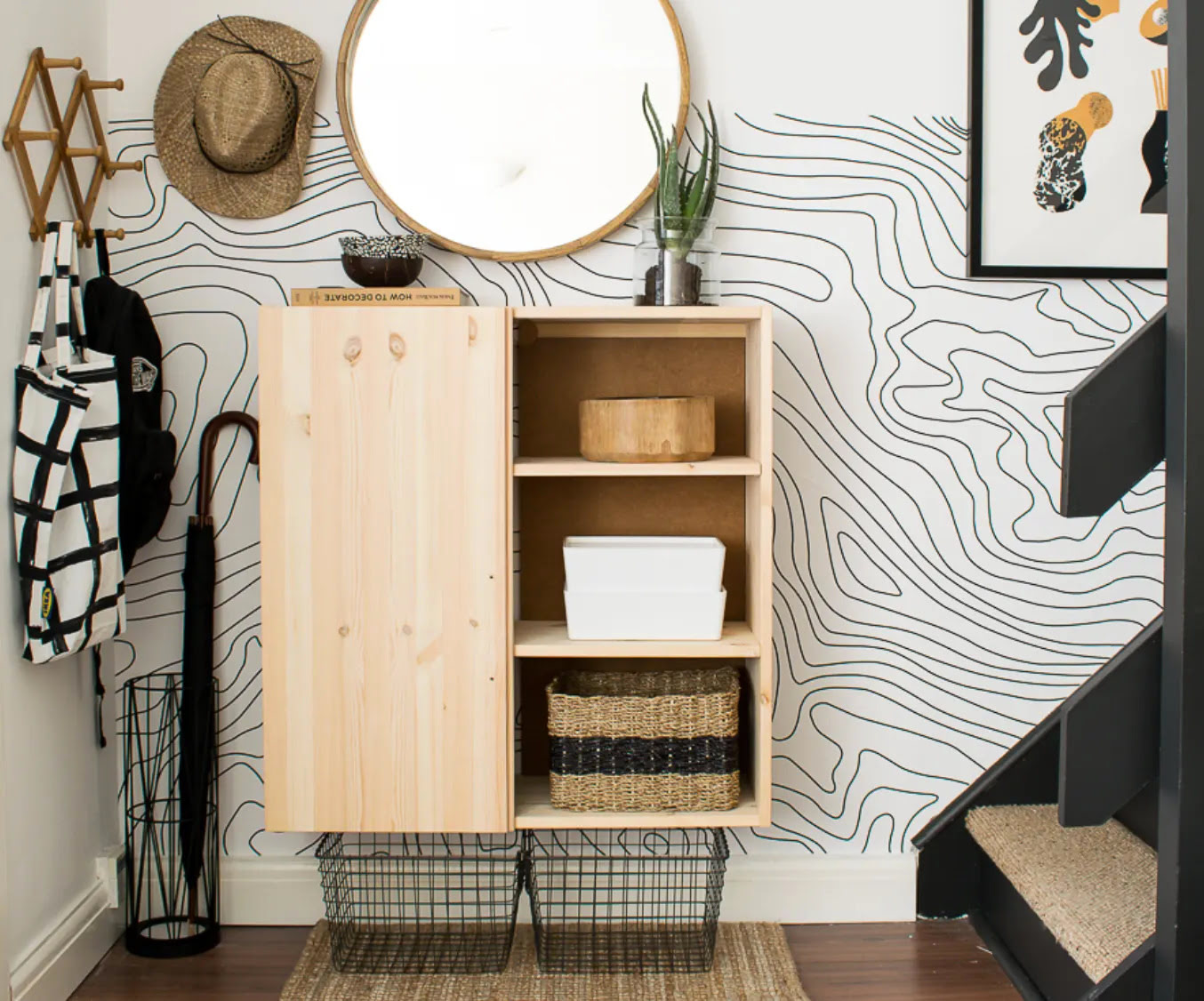
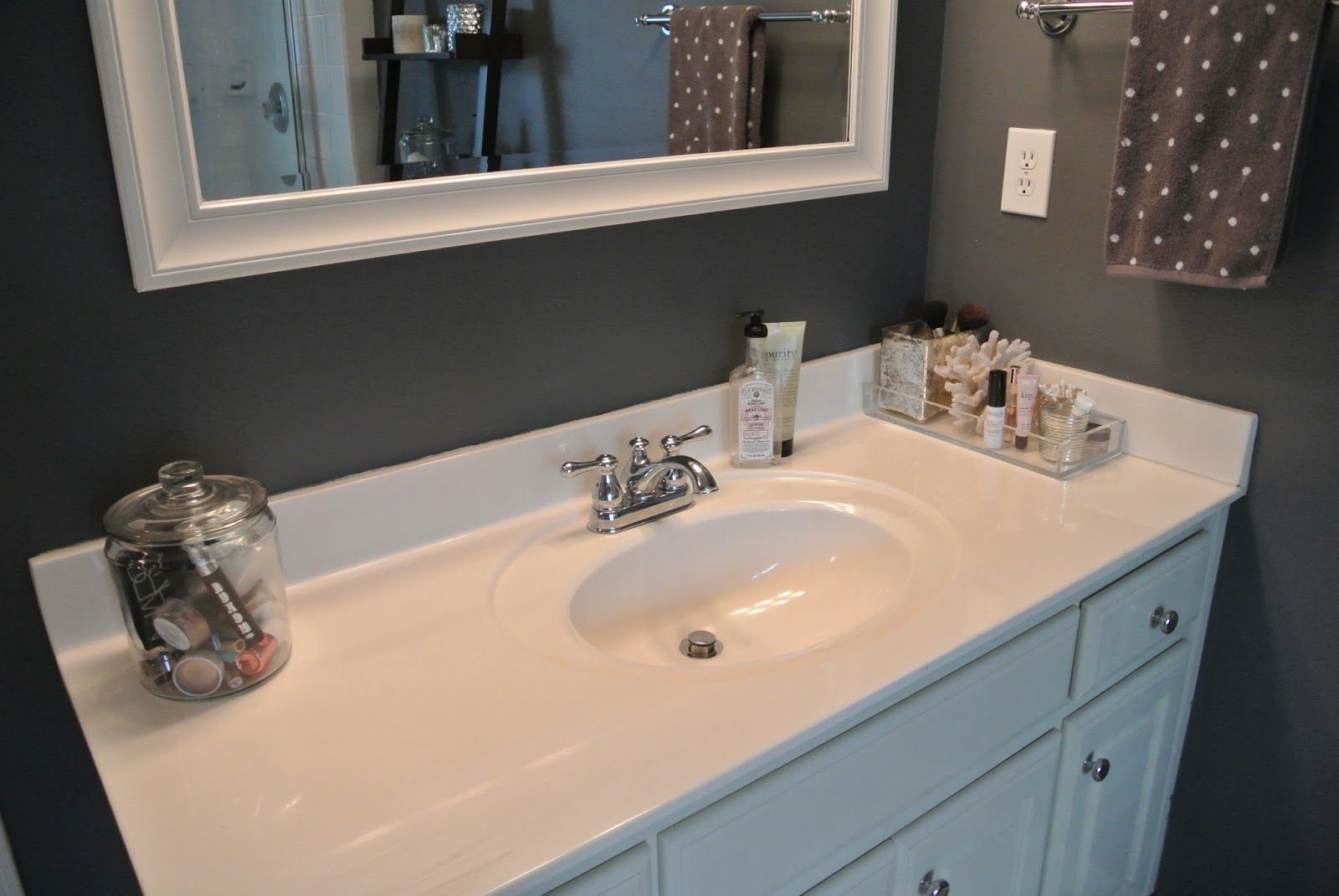
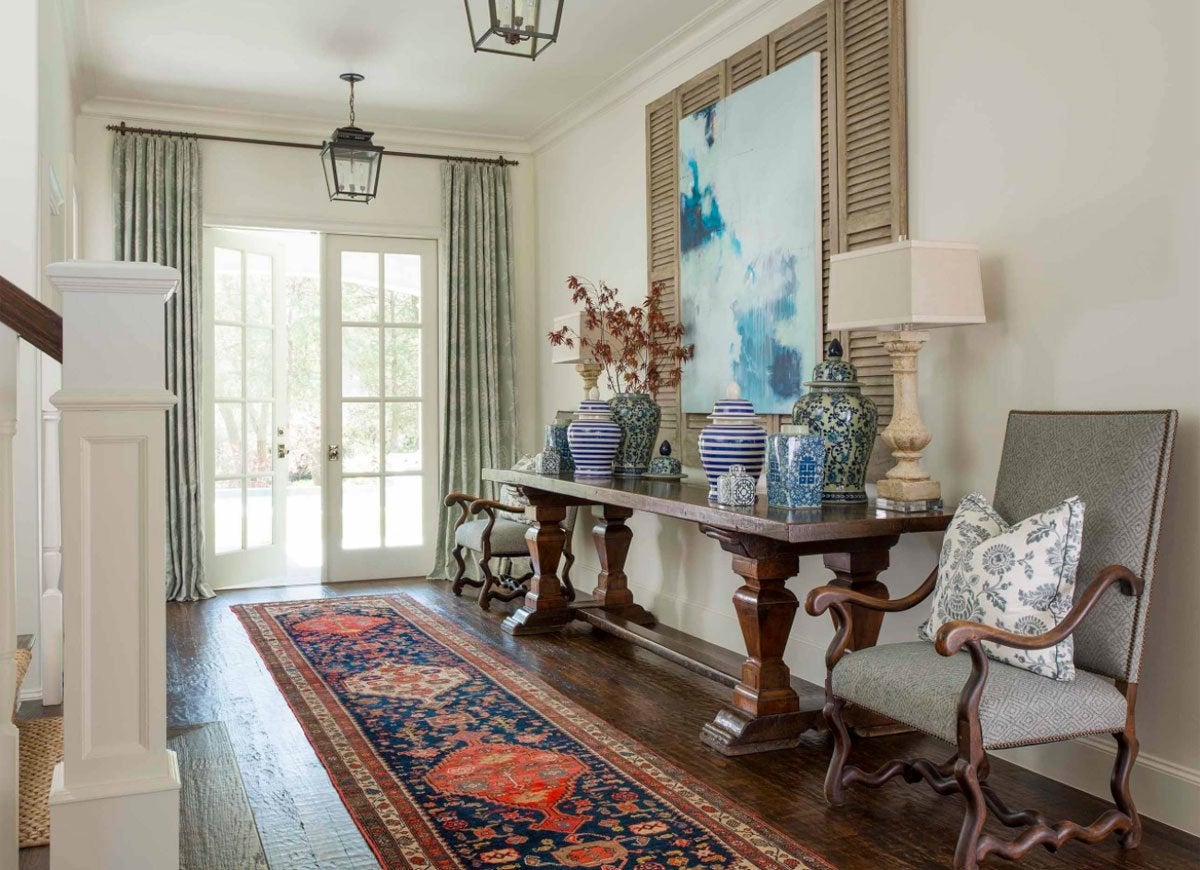

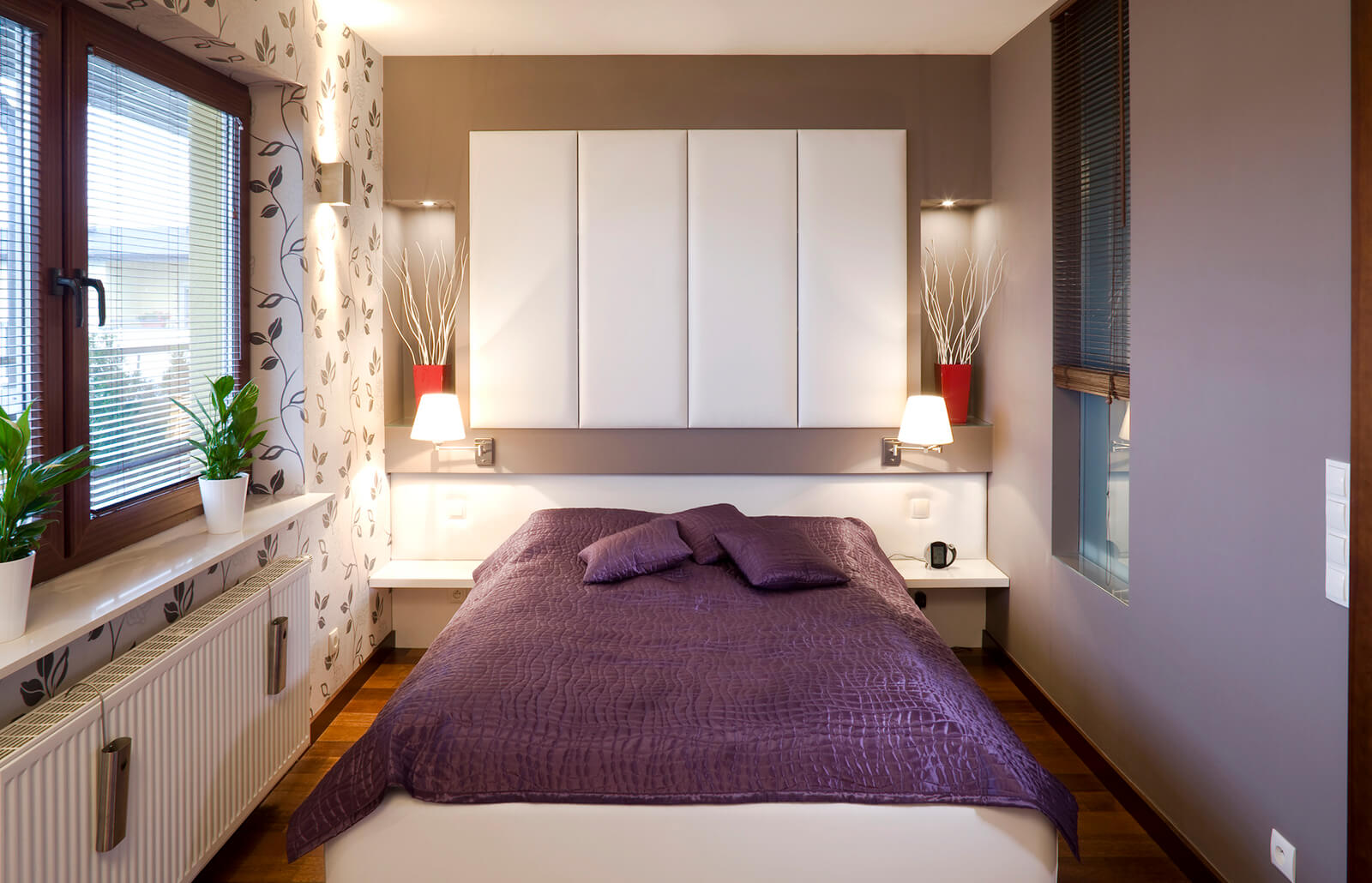
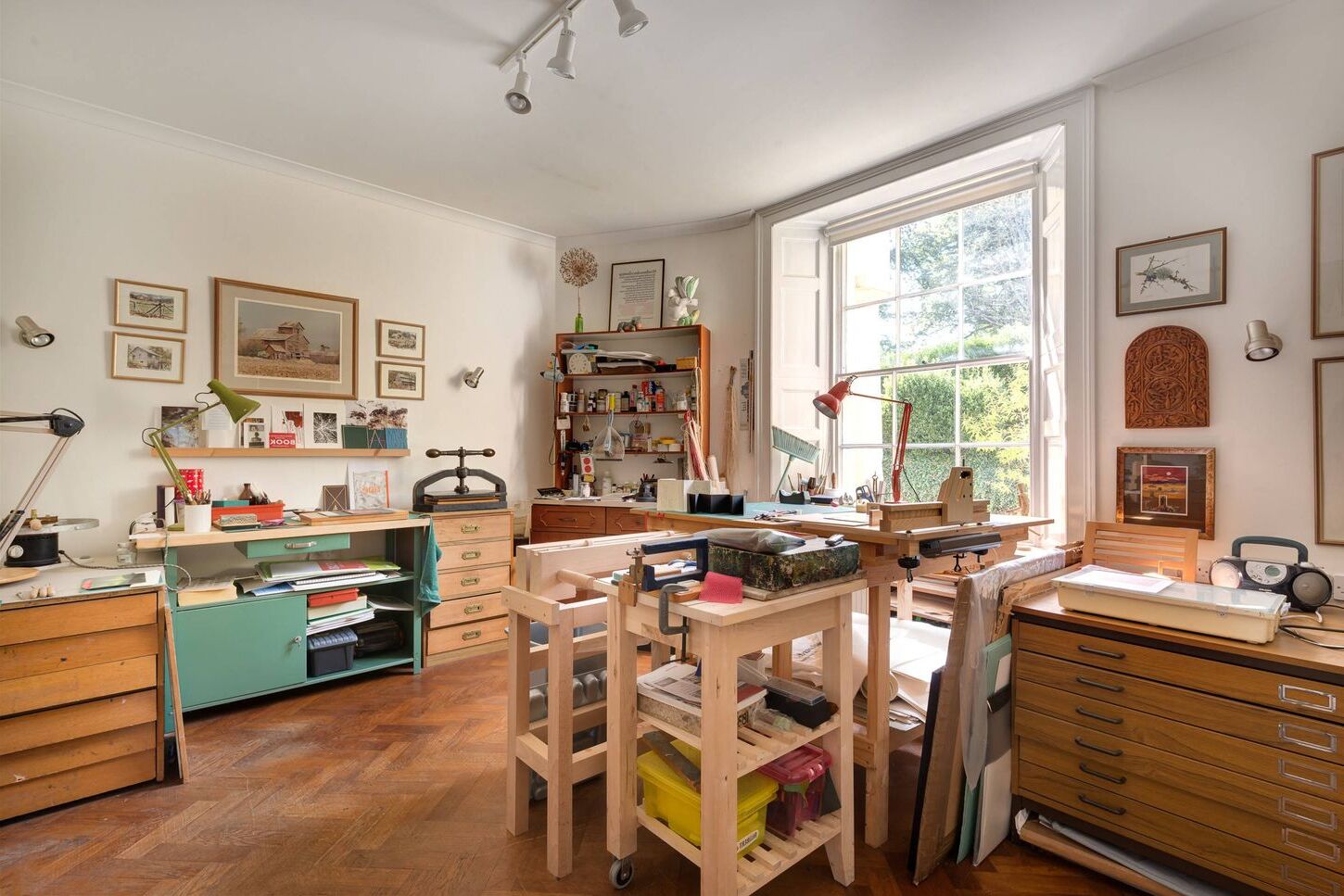
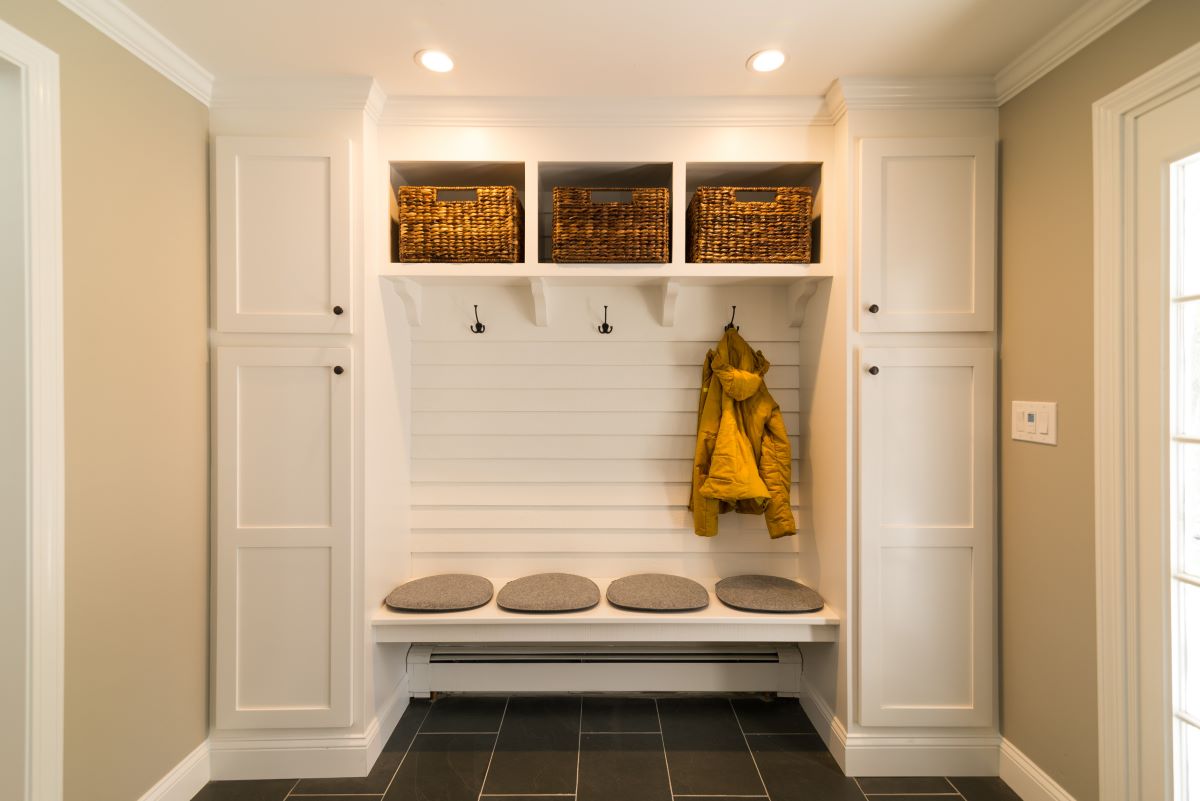
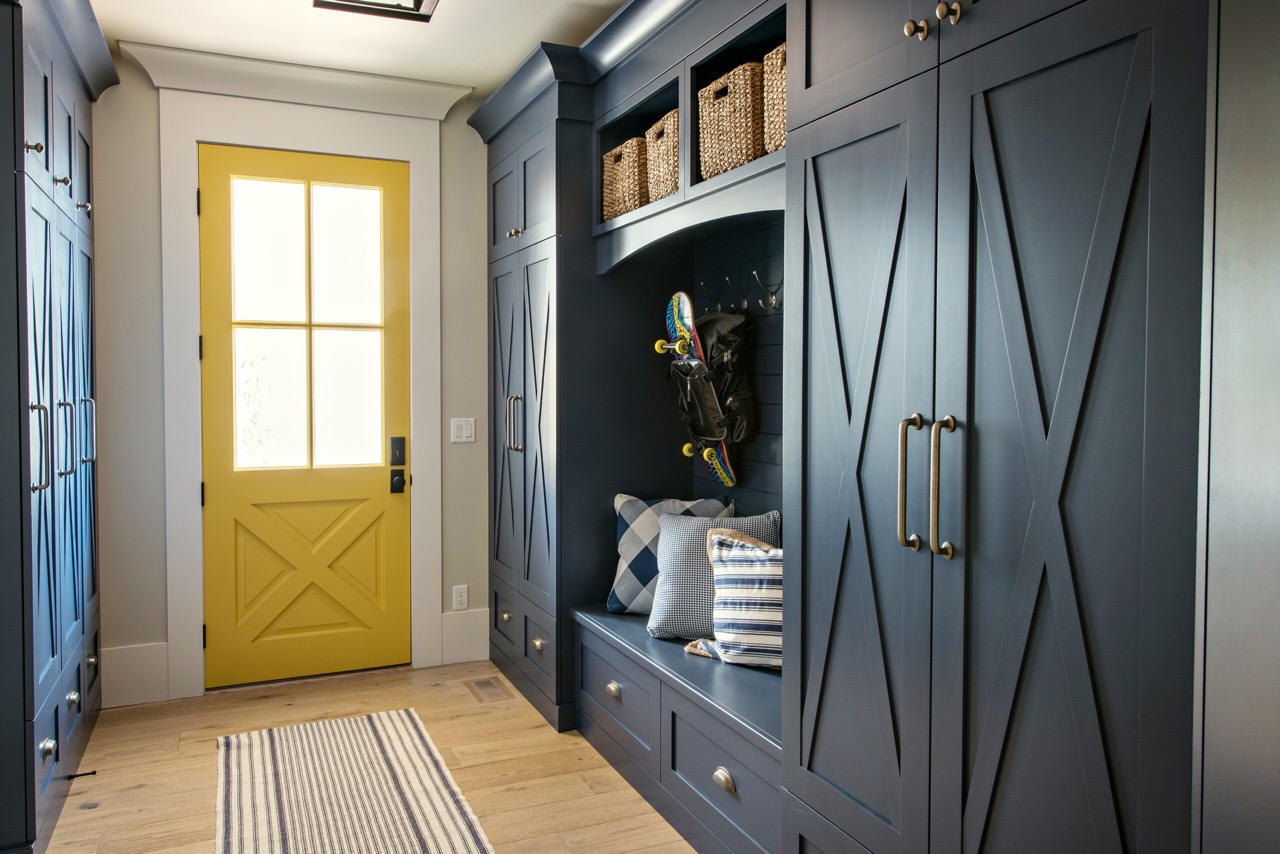
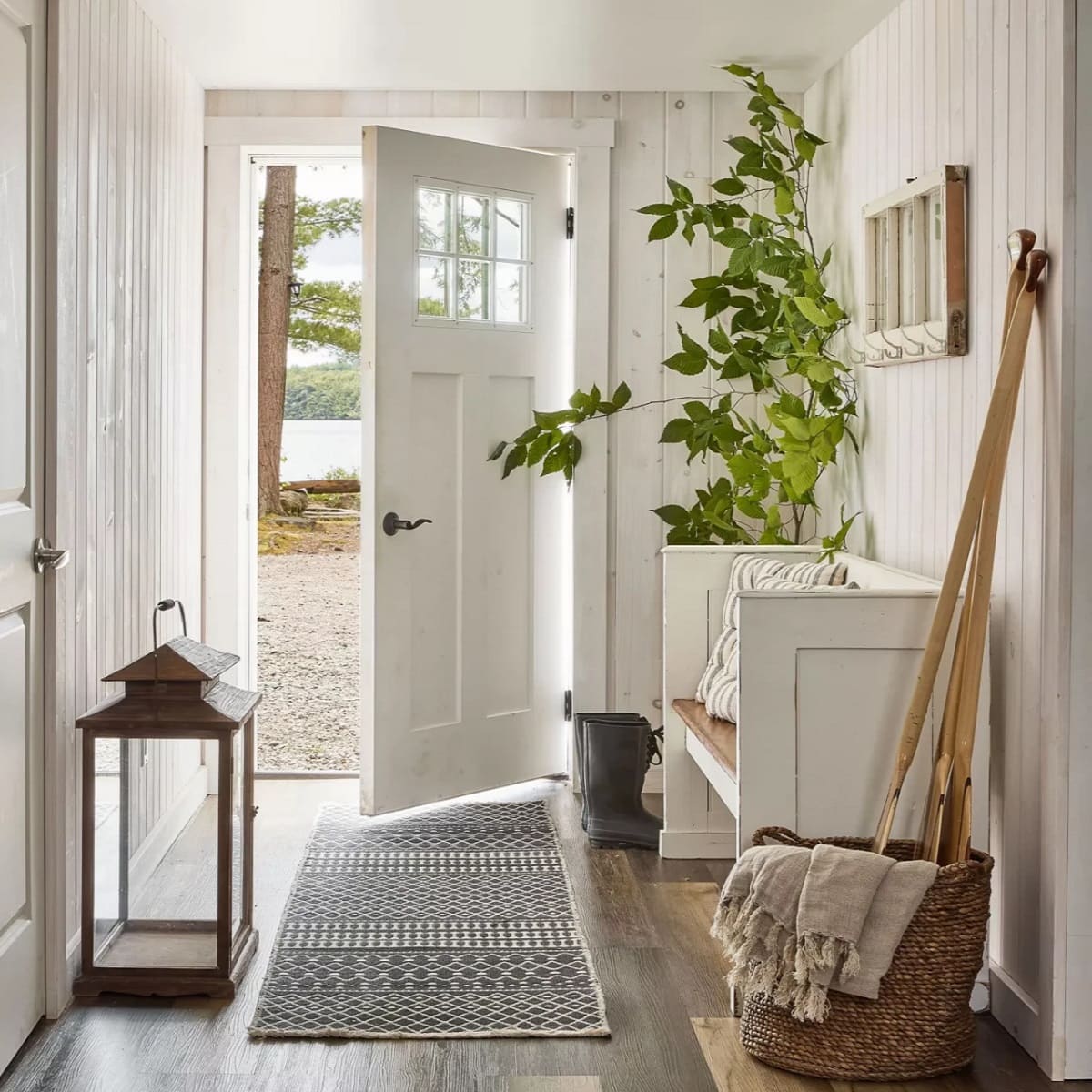
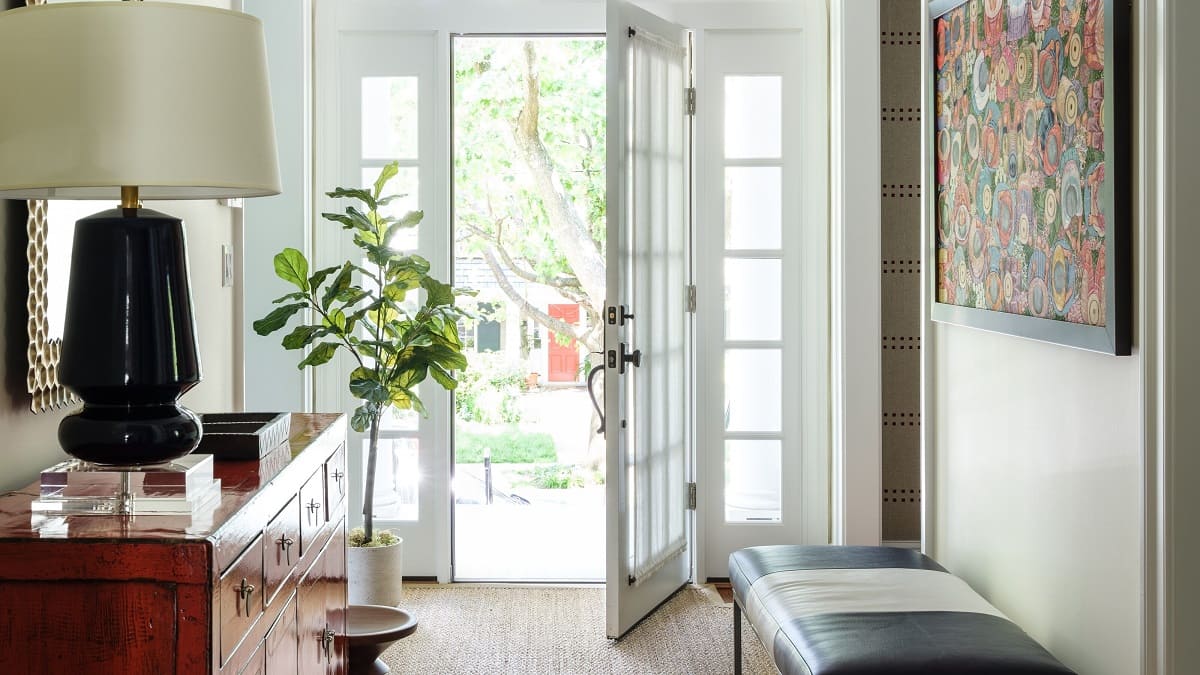
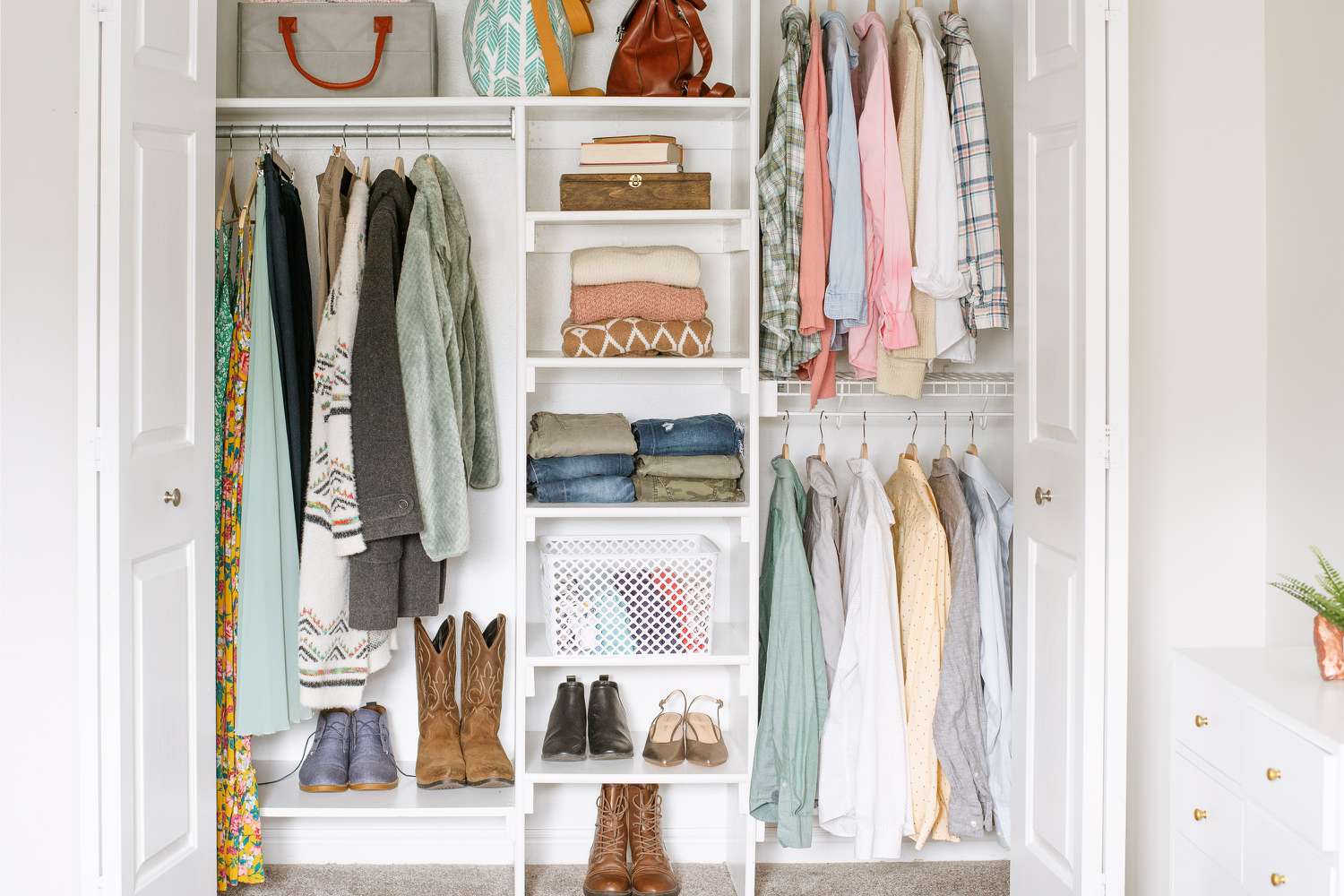
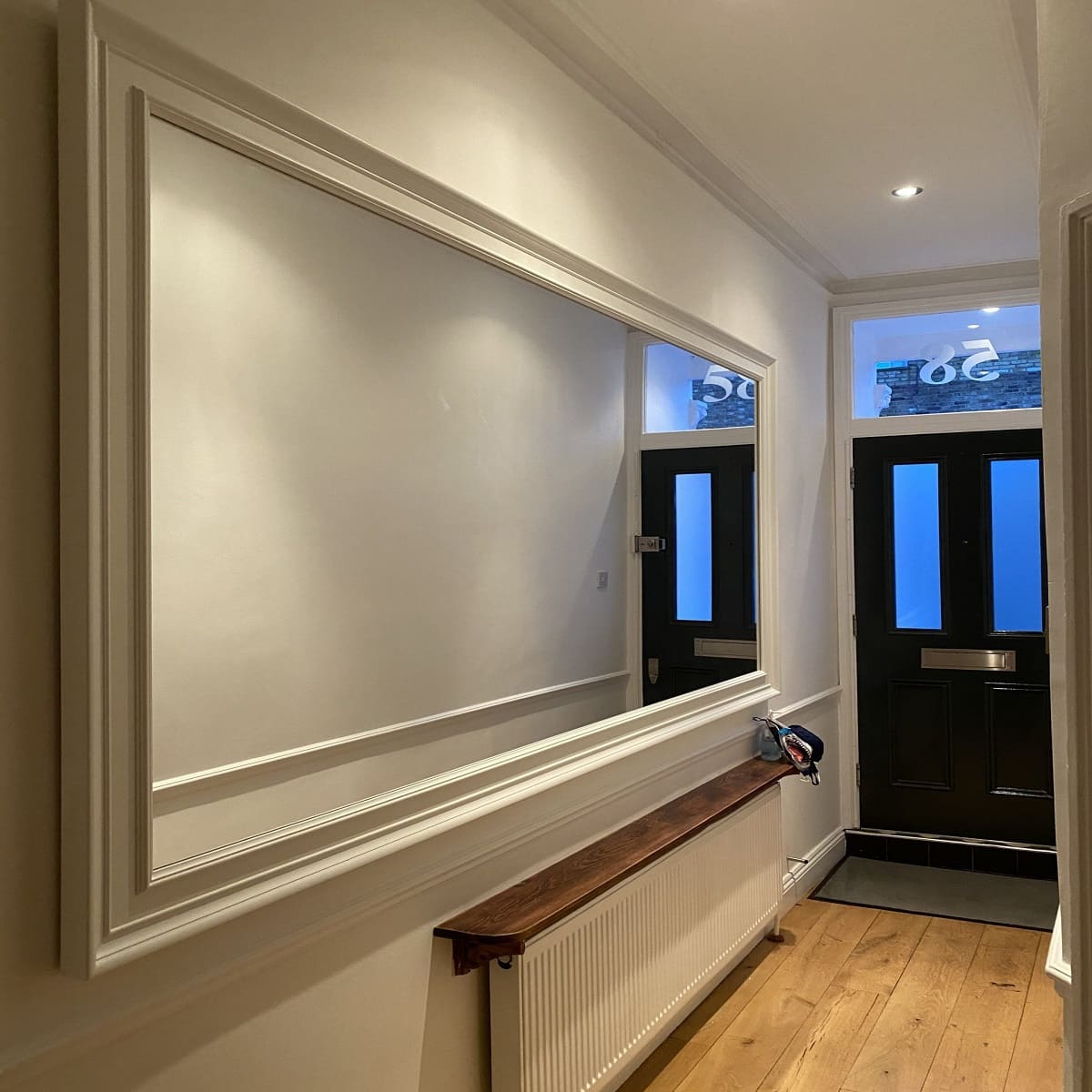
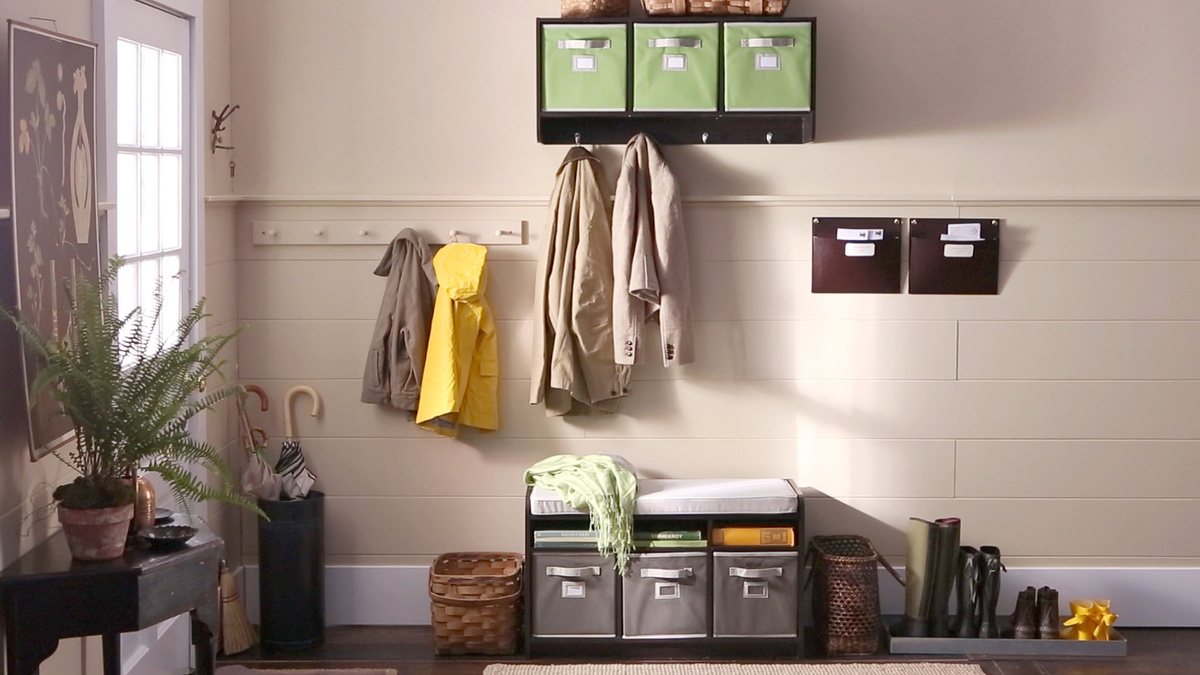

0 thoughts on “Organizing A Small Entryway: 10 Ways To Turn A Problem Around”